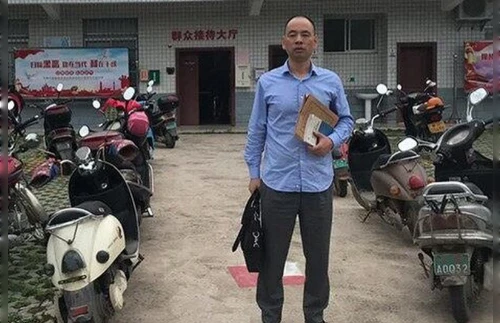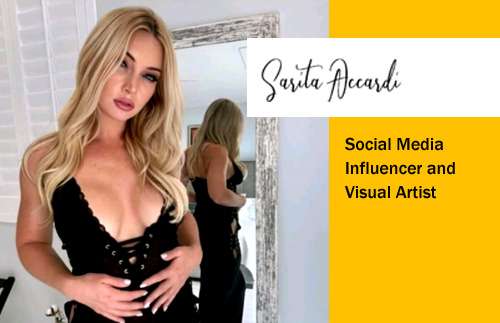Parliament’s Portfolio Committee of on Environmental Affairs of South Africa has welcomed the National Assembly’s adoption of the report on captive lion breeding for hunting and the lion bone trade.
The adoption follows the committee’s two-day colloquium on captive breeding of lions for hunting and for lion bone trade.
“There was an overwhelming consensus from the local and the international stakeholders participating in the colloquium that South Africa must bring an end to this controversial practice that is threatening to harm the proud conservation image of the country,” said the committee on Friday.

It added that the practise of captive lion breeding and lion bone trade has “indeed attracted a considerable degree of international outcry against it” both from the pro-sustainable use group, comprising mainly the hunting associations and the anti-sustainable use group, consisting of animal welfare non-governmental organisations (NGOs).
Having heard both sides of the story, including the voices of the Captive Lion Breeding (CLB) Industry, the committee unanimously made certain pertinent observations and resolutions to restore South Africa’s image as a pioneering conservation nation.
It is therefore in this respect that the committee appreciates the strategic, bold and decisive leadership that the former acting Minister of Environmental Affairs Derek Hanekom and the newly appointed Minister Nomvula Mokonyanye had exercised in operationalising some of the resolutions of the committee contained in the colloquium report.”
“This by announcing that a high level panel would be appointed to conduct a policy review on captive breeding of lions for hunting and for lion bone trade. This also includes a reduction in the lion bone quota trade from 1 500 to the 800 that was initially set, respectively,” said the committee.
It is therefore in this respect that the committee appreciates the strategic, bold and decisive leadership that the former acting Minister of Environmental Affairs Derek Hanekom and the newly appointed Minister Nomvula Mokonyanye had exercised in operationalising some of the resolutions of the committee contained in the colloquium report.”
“This by announcing that a high level panel would be appointed to conduct a policy review on captive breeding of lions for hunting and for lion bone trade. This also includes a reduction in the lion bone quota trade from 1 500 to the 800 that was initially set, respectively,” said the committee.– South African Government News Agency










